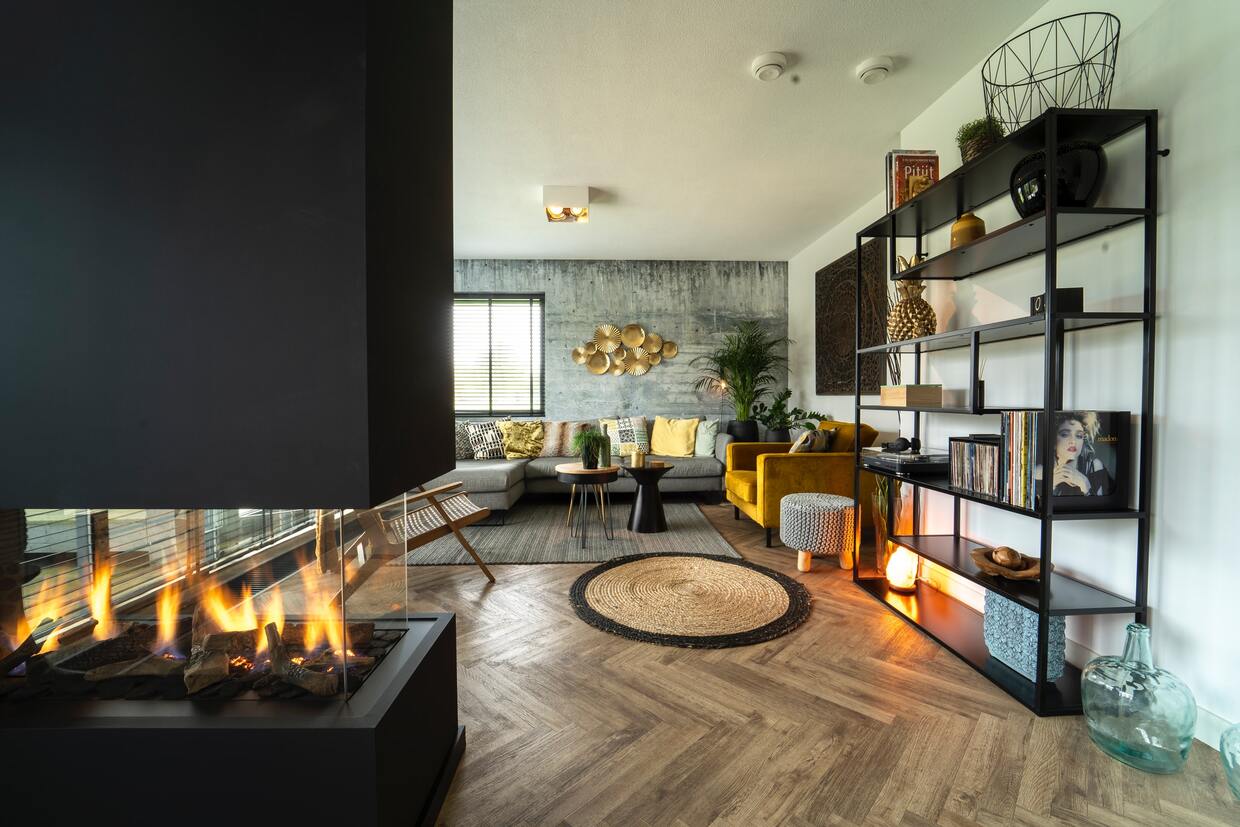

Articles
How Much Propane Does A Fireplace Use
Modified: January 19, 2024
Learn how much propane a fireplace typically uses in this informative article. Discover the factors that can affect propane consumption and make informed decisions for your fireplace.
(Many of the links in this article redirect to a specific reviewed product. Your purchase of these products through affiliate links helps to generate commission for Storables.com, at no extra cost. Learn more)
Introduction
Welcome to our comprehensive guide on understanding how much propane a fireplace uses. Propane fireplaces are a popular choice among homeowners due to their convenience, efficiency, and aesthetic appeal. Whether you already own a propane fireplace or are considering installing one, it’s important to have a clear understanding of the factors that can affect propane usage.
Propane fireplaces provide the warmth and ambience of a traditional wood-burning fireplace, but without the hassle of chopping wood or cleaning up ashes. Instead, they rely on propane gas as a fuel source to generate heat and produce a beautiful flame. By accurately estimating propane consumption, you can effectively manage your propane supply and plan for the associated costs.
Several variables come into play when determining how much propane a fireplace uses. These variables include the size and BTU rating of the fireplace, frequency and duration of use, flame height and heat output, and any additional features or accessories that may contribute to propane consumption. Understanding these factors will help you optimize propane usage and ensure a comfortable and enjoyable experience.
In this guide, we will explore each of these variables in greater detail, discuss the efficiency of propane consumption, compare propane usage with other fuel sources, and provide tips for optimizing propane usage. By the end, you will have a comprehensive understanding of how much propane your fireplace uses and how to maximize its efficiency.
So, let’s dive in and explore the variables that can impact propane usage in your fireplace.
Key Takeaways:
- Understanding the variables that impact propane usage in a fireplace, such as size, frequency of use, and additional features, is crucial for estimating and optimizing fuel consumption.
- Implementing tips like adjusting flame height, utilizing thermostatic control, and employing zone heating can help maximize the efficiency of propane usage in your fireplace.
Read more: How Much Propane Does A Water Heater Use
Variables Affecting Propane Usage
When it comes to propane usage in a fireplace, several key variables can significantly impact the amount of propane consumed. It’s important to consider these variables to accurately estimate how much propane your fireplace will use. Let’s take a closer look at them:
- Size and BTU Rating of the Fireplace: The size and BTU (British Thermal Unit) rating of your fireplace play a crucial role in determining propane consumption. A larger fireplace with a higher BTU rating will require more propane to produce a sufficient amount of heat. This means that a larger fireplace will consume more propane compared to a smaller one.
- Frequency and Duration of Use: How often and for how long you use your fireplace will also impact propane usage. If you use your fireplace frequently and for extended periods, you can expect higher propane consumption. On the other hand, if you use it sparingly or only for short periods, the propane usage will be relatively lower.
- Flame Height and Heat Output: The flame height and heat output of your fireplace can also influence propane consumption. Higher flame heights and greater heat output will require more propane to sustain the desired level of warmth. If you prefer a cozy and intense flame, you can expect higher propane usage compared to a lower flame setting.
- Additional Features and Accessories: Some fireplaces come with additional features and accessories that can impact propane consumption. For example, certain models may have built-in blowers or fans that circulate heat more efficiently, requiring less propane. Similarly, fireplaces with decorative features like glass crystals or ceramic logs may require additional propane to produce the desired visual effect.
By considering these variables and understanding how they influence propane consumption, you can better estimate how much propane your fireplace will use. It’s important to keep in mind that these variables work together, and the overall propane usage will depend on a combination of factors rather than just one. In the next sections, we will delve deeper into each of these variables and provide insights on optimizing propane usage.
Size and BTU Rating of the Fireplace
One of the key factors that directly impact the propane usage in a fireplace is its size and BTU (British Thermal Unit) rating. The size of the fireplace refers to its physical dimensions, while the BTU rating indicates the amount of heat output the fireplace can generate.
A larger fireplace with a higher BTU rating will require more propane to produce a sufficient amount of heat. The size of the fireplace determines the space it can effectively heat, and the BTU rating measures the fireplace’s heating capacity. A higher BTU rating means that the fireplace can produce higher heat output, which in turn requires more propane consumption.
When choosing a fireplace, it’s essential to consider the size of the space you want to heat and the desired level of heat output. If you have a large room or an open-concept living area, a fireplace with a higher BTU rating may be necessary to effectively warm the space. However, it’s important to find the right balance, as an oversized fireplace with excessive BTU output may lead to wasted propane.
On the other hand, if you have a smaller room or a space that requires less heating capacity, opting for a fireplace with a lower BTU rating can help minimize propane usage. This ensures that you only consume the necessary amount of propane to comfortably heat the area without wasting fuel.
It’s also worth mentioning that the efficiency of the fireplace can influence propane consumption. Some fireplaces are designed to maximize heat output while minimizing propane usage. These models are often equipped with features like efficient burners, heat exchangers, and insulation to ensure that a significant portion of the heat generated is utilized to warm the room. Consequently, such fireplaces can provide greater heat output with less propane consumption compared to less efficient models.
In summary, when considering the size and BTU rating of the fireplace, it’s crucial to find the right balance between heating capacity and propane usage. Assess the size of the space you want to heat and choose a fireplace with an appropriate BTU rating to ensure efficient propane consumption.
Frequency and Duration of Use
The frequency and duration of use are important variables to consider when estimating propane usage in a fireplace. How often you use your fireplace and for how long will directly impact the amount of propane consumed.
If you use your fireplace frequently, such as on a daily basis, you can expect higher propane consumption. Each time you turn on the fireplace, propane is burned to produce heat and create the desired flame. The more frequently you use your fireplace, the more propane you will consume over time.
Similarly, the duration of each use session also affects propane usage. If you tend to use your fireplace for extended periods, such as several hours at a time, it will result in higher propane consumption compared to shorter sessions. The longer the fireplace operates, the more propane is consumed to sustain the heat output and flame.
It’s important to strike a balance between enjoying the comfort and ambiance of your fireplace and managing propane usage. If you find yourself using the fireplace for hours on end, consider reducing the duration of each session to conserve propane. Alternatively, if you don’t use the fireplace frequently, you can expect lower propane consumption as less fuel is burned.
It’s worth noting that modern propane fireplaces often come equipped with features to optimize propane usage. They can have adjustable flame settings, allowing you to control the intensity of the flame and heat output. By reducing the flame height or lowering the heat output, you can effectively decrease propane consumption while still enjoying the cozy ambiance provided by the fireplace.
Ultimately, the frequency and duration of use are within your control. Regularly assess your usage habits and make adjustments as needed to strike a balance between enjoying your fireplace and managing propane usage effectively.
Flame Height and Heat Output
The flame height and heat output of a fireplace can significantly impact propane usage. The higher the flame height and heat output, the more propane is required to sustain them.
When you adjust the flame height, you are essentially controlling the amount of propane being burned. A higher flame height results in a more intense and visually appealing fire, but it also consumes more propane. Conversely, lowering the flame height decreases propane consumption while still providing a warm and cozy atmosphere.
Similarly, the heat output of the fireplace affects propane usage. The heat output is measured in BTUs (British Thermal Units) and refers to the amount of heat generated by the fireplace. A higher heat output means that more propane is needed to produce the desired level of warmth in your space.
It’s important to strike a balance between flame height, heat output, and propane usage to optimize the efficiency of your fireplace. If you prefer a high flame height and intense heat output, be aware that it will result in higher propane consumption. This is especially important to consider during colder months when you may be using the fireplace more frequently.
To minimize propane usage, consider adjusting the flame height and heat output based on your comfort level and the temperature in the room. Experiment with different settings to find the right balance between ambiance and efficiency. Most modern propane fireplaces come with adjustable controls that allow you to easily regulate flame height and heat output.
Additionally, some fireplaces feature advanced technologies, such as thermostatic control, which automatically adjusts flame height and heat output based on the desired room temperature. This can help optimize propane usage by maintaining a consistent and comfortable temperature while minimizing energy waste.
By being mindful of the flame height and heat output of your propane fireplace, you can effectively manage propane consumption without compromising on the cozy and inviting atmosphere it provides.
Read more: How Much Gas Does Fireplace Use
Additional Features and Accessories
When it comes to estimating propane usage in a fireplace, it’s important to consider any additional features and accessories that may impact fuel consumption. These features can vary depending on the specific model and design of the fireplace.
One common feature in propane fireplaces is the use of blowers or fans. These accessories help circulate and distribute the heat produced by the fireplace more efficiently throughout the room. While blowers and fans can enhance the heating capabilities of the fireplace, they may also increase propane consumption. The additional energy required to power these accessories can result in higher fuel usage.
Fireplaces equipped with decorative features like glass crystals or ceramic logs can also affect propane consumption. These features add an aesthetic element to the fireplace but may require additional propane to achieve the desired visual effect. The flame may need to burn at a slightly higher intensity to properly showcase the decorative elements, resulting in increased propane usage.
Another accessory to consider is a remote control. Propane fireplaces often come with remote control capabilities, allowing you to easily adjust the flame height, heat output, and other settings from a distance. While convenient, the use of a remote control may inspire you to use the fireplace more frequently or keep it running for longer periods. This can ultimately result in higher propane consumption over time.
It’s important to assess the significance of these additional features and accessories for your enjoyment of the fireplace. While they can enhance the overall experience, they may also contribute to increased propane consumption. Consider your priorities and preferences when choosing a fireplace and weigh the impact of these features on your propane usage.
Additionally, it’s worth noting that advancements in fireplace technology have led to increased efficiency and decreased propane consumption. Some modern fireplaces are designed with features such as programmable timers, eco-mode settings, and automatic shutdown when the desired temperature is reached. These features can help optimize propane usage and minimize waste, ensuring that you only consume the necessary amount of fuel to maintain a comfortable climate in your space.
By considering the additional features and accessories of your propane fireplace, you can make informed decisions about propane usage and enhance your overall fireplace experience.
To estimate how much propane your fireplace uses, calculate the BTU rating of the fireplace and the number of hours it runs. Then, divide the total BTUs by the propane’s BTU rating to find the gallons used.
Efficiency of Propane Consumption
Understanding the efficiency of propane consumption is crucial for optimizing the usage of your fireplace. Efficiency refers to how effectively the propane fuel is converted into heat by the fireplace. A more efficient fireplace will generate more heat while using less propane, resulting in cost savings and lower environmental impact.
Several factors can affect the efficiency of propane consumption in a fireplace:
- Insulation: Proper insulation of your fireplace and the surrounding area can help retain the heat generated by the fire. Well-insulated fireplaces prevent heat loss, allowing you to warm your space more efficiently and reducing the need for additional propane to compensate for heat escape.
- Burner Design: The design and construction of the burner in your fireplace can play a significant role in propane consumption. A well-designed burner ensures proper oxygen flow and efficient combustion, resulting in more heat production from the same amount of propane.
- Ventilation: Proper ventilation is essential for the complete and efficient combustion of propane. Adequate airflow to the fireplace ensures that the propane burns cleanly and efficiently. Regularly inspect and clean the ventilation system to prevent blockages that can hinder proper airflow and decrease efficiency.
- Maintenance: Regular maintenance and cleaning of your fireplace, including the burner and other components, can help optimize propane consumption. A clean and well-maintained fireplace operates more efficiently, ensuring proper combustion and maximizing heat output.
- Proper Sizing: Ensuring that your fireplace is properly sized for the space you want to heat is essential for efficiency. An oversized fireplace will consume more propane than necessary, while an undersized fireplace may struggle to provide adequate heat. Consult a professional to determine the appropriate size for your specific heating needs.
Investing in a high-efficiency fireplace can also contribute to optimizing propane consumption. These fireplaces are designed with advanced technologies and features that maximize heat production while minimizing fuel usage. Look for fireplaces labeled as “high-efficiency” or with certifications such as ENERGY STAR to ensure that you are choosing a fireplace with superior fuel efficiency.
By considering the efficiency factors mentioned above, you can make informed decisions to maximize propane usage in your fireplace. Prioritize proper insulation, ventilation, and maintenance, and opt for a high-efficiency fireplace to ensure that you are getting the most out of your propane fuel.
Comparing Propane Usage with Other Fuel Sources
When it comes to heating your home, it’s important to consider the fuel source and its efficiency, including propane. Propane is a popular choice for fireplaces due to its convenience, cleanliness, and relatively low environmental impact. However, it’s beneficial to compare propane usage with other fuel sources to make an informed decision. Here are some common fuel sources and how they compare to propane:
- Wood: Wood is a traditional fuel source for fireplaces that provides a cozy and authentic ambiance. However, it requires a significant amount of effort for chopping, storing, and maintaining a supply of firewood. Wood-burning fireplaces also require cleaning up ashes and dealing with smoke and potential air pollution. In terms of propane usage, wood-burning fireplaces may consume less propane upfront, but the ongoing cost and effort of sourcing and burning wood may make propane a more convenient and efficient option.
- Natural Gas: Natural gas is a common fuel source for both fireplaces and home heating systems. In terms of efficiency, natural gas tends to be slightly more efficient than propane. However, the availability of natural gas may vary depending on your location, and the cost of installation and connection to a natural gas supply can be significant. If natural gas is readily available and cost-effective in your area, it may be worth considering as an alternative to propane.
- Electricity: Electric fireplaces are an increasingly popular option due to their ease of use and convenience. They don’t require a fuel supply and can be easily controlled with the flip of a switch. However, electric fireplaces tend to be less efficient than propane fireplaces, as the conversion of electricity to heat can result in higher energy consumption. Additionally, electricity costs can be higher compared to propane, potentially making propane a more cost-effective choice in the long run.
- Oil: Oil-based heating systems are another option for home heating but are less common in fireplaces. Oil has a relatively high fuel efficiency and provides consistent heat. However, oil prices can be volatile, and oil-based heating systems require regular maintenance and storage of oil. Additionally, the environmental impact of oil combustion can be higher compared to propane, making propane a cleaner and more environmentally friendly choice.
When comparing propane usage with other fuel sources, it’s essential to consider factors such as cost, convenience, availability, efficiency, and environmental impact. Evaluate your specific needs, geographical location, and budget to determine which fuel source aligns with your requirements and priorities.
Ultimately, propane stands out as a versatile and efficient fuel source for fireplaces. Its clean-burning properties and convenience make it a popular choice among homeowners. However, it’s important to make an informed decision based on your individual circumstances and consider factors beyond just propane usage.
Calculating Propane Consumption
Calculating propane consumption for your fireplace is essential for managing your fuel supply and budgeting for propane costs. Although individual propane fireplace models may vary, you can use a simple formula to estimate propane consumption:
Propane Consumption (in gallons) = BTU Rating x Hours of Use / BTU per Gallon
The BTU rating of your fireplace can usually be found in the manufacturer’s specifications or on the fireplace itself. It represents the amount of heat output the fireplace can generate. The hours of use refer to the total time you use the fireplace within a given period. The BTU per gallon is a conversion factor that represents how many BTUs are produced by a gallon of propane, typically around 91,547 BTUs per gallon.
For example, let’s say your fireplace has a BTU rating of 40,000 and you plan to use it for 3 hours:
Propane Consumption (in gallons) = 40,000 BTU x 3 hours / 91,547 BTU per Gallon
This calculation will give you an estimated propane consumption in gallons for that specific usage period. Keep in mind that this is an estimate, and actual consumption may vary based on factors like flame height, heat output adjustments, and the efficiency of your fireplace.
If you prefer to calculate propane consumption in terms of propane weight (pounds or kilograms), you can use a similar formula:
Propane Consumption (in pounds) = BTU Rating x Hours of Use / BTU per Pound
The BTU per pound conversion factor is approximately 21,594 BTUs per pound. Using the previous example:
Propane Consumption (in pounds) = 40,000 BTU x 3 hours / 21,594 BTU per Pound
By calculating propane consumption, you can effectively estimate how much propane you will need to fuel your fireplace for a specific period. This allows you to plan ahead, ensure a sufficient supply of propane, and manage your propane budget accordingly.
Remember that these calculations provide estimates, and it’s always a good idea to monitor actual propane usage over time to refine your estimates and make adjustments as needed.
Tips for Optimizing Propane Usage
To maximize the efficiency and minimize the consumption of propane in your fireplace, here are some helpful tips:
- Ensure Proper Maintenance: Regularly clean and maintain your fireplace, including the burner and ventilation system. This helps ensure efficient combustion and optimal heat output.
- Adjust Flame Height: Experiment with different flame height settings and find a comfortable level that provides the desired ambiance while minimizing propane consumption.
- Use Thermostatic Control: If your fireplace has a thermostatic control feature, use it to maintain a consistent room temperature. This prevents unnecessary burning of propane when the desired temperature is reached.
- Utilize Zone Heating: Use your fireplace to supplement the heating in specific rooms or areas, rather than relying solely on central heating. This allows you to lower the thermostat in the rest of the house, reducing overall propane usage.
- Keep Doors and Windows Closed: Make sure doors and windows are properly sealed when using the fireplace to prevent heat loss and ensure efficient heating of the room.
- Utilize Programmable Timers: If available, use programmable timers to automatically turn on and off your fireplace at specific times. This helps you control usage and avoid unnecessary burning of propane.
- Consider Zone Heating: If you have multiple fireplaces or heating options in different areas of your home, consider using zone heating to heat only the rooms you regularly use, rather than heating the entire house.
- Insulate Properly: Ensure that your home is well-insulated to prevent heat loss and optimize the efficiency of your fireplace. Proper insulation keeps the warm air inside, reducing the need for excessive propane consumption.
- Install a Programmable Thermostat: By installing a programmable thermostat, you can set specific temperature zones and schedules, allowing for efficient use of your propane fireplace.
- Consider Energy-Efficient Features: When purchasing a new fireplace, look for models with energy-efficient features such as insulated doors, airwash systems, and adjustable dampers. These features can improve efficiency and reduce propane consumption.
Implementing these tips can help you optimize propane usage in your fireplace and ensure that you are using the fuel efficiently. By being mindful of your usage and taking steps to conserve propane, you can enjoy the warmth and ambiance of your fireplace while minimizing costs and environmental impact.
Conclusion
Understanding how much propane a fireplace uses is essential for effectively managing fuel consumption and optimizing your heating experience. By considering the variables that can affect propane usage, such as the size and BTU rating of the fireplace, frequency and duration of use, flame height and heat output, as well as additional features and accessories, you can make more accurate estimates.
Efficiency plays a crucial role in propane consumption, and factors like proper insulation, burner design, ventilation, maintenance, and choosing a high-efficiency fireplace can enhance fuel efficiency and reduce propane usage.
Comparing propane usage with other fuel sources, such as wood, natural gas, electricity, and oil, helps you make informed decisions based on factors like cost, convenience, availability, efficiency, and environmental impact.
Calculating propane consumption using the BTU rating, hours of use, and BTU per gallon or pound allows you to estimate the amount of propane you will need for specific periods and plan accordingly.
To optimize propane usage in your fireplace, there are several tips you can follow, including adjusting flame height, using thermostatic control, employing zone heating, insulating properly, and utilizing programmable timers and thermostats.
In conclusion, understanding how much propane a fireplace uses and implementing strategies to optimize propane consumption will not only help you manage your fuel supply effectively but also reduce costs and promote environmental sustainability. By making informed choices and considering the variables that impact propane usage, you can enjoy the warmth and ambiance of your fireplace while maximizing efficiency.
Frequently Asked Questions about How Much Propane Does A Fireplace Use
Was this page helpful?
At Storables.com, we guarantee accurate and reliable information. Our content, validated by Expert Board Contributors, is crafted following stringent Editorial Policies. We're committed to providing you with well-researched, expert-backed insights for all your informational needs.
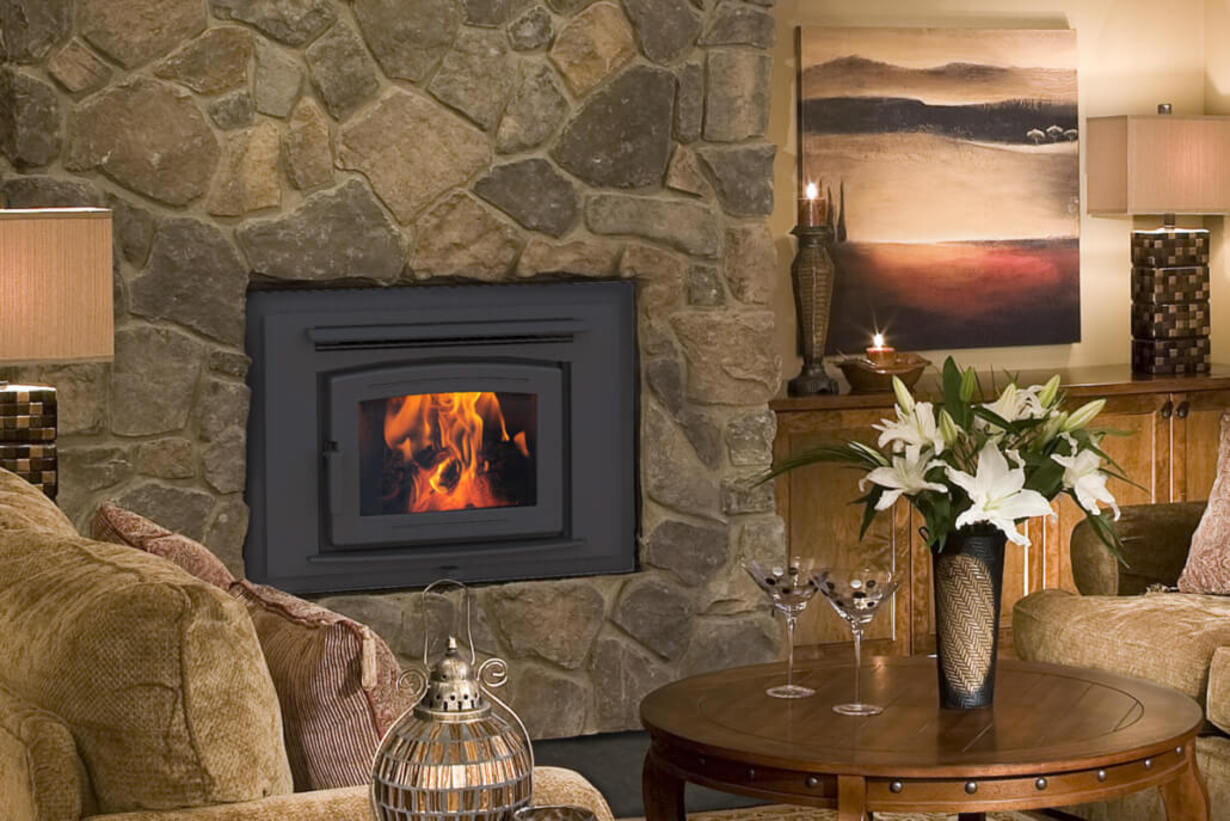
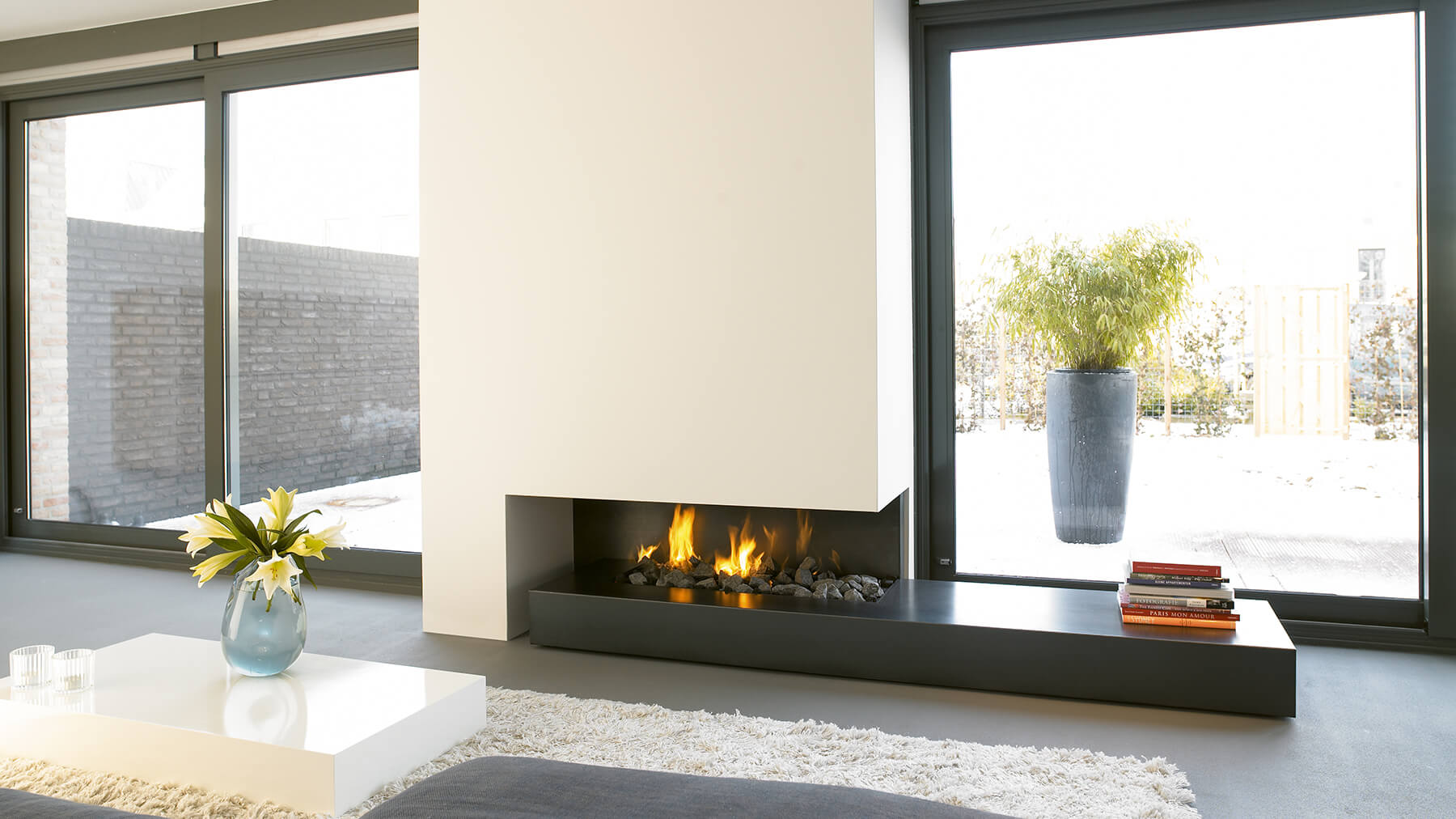
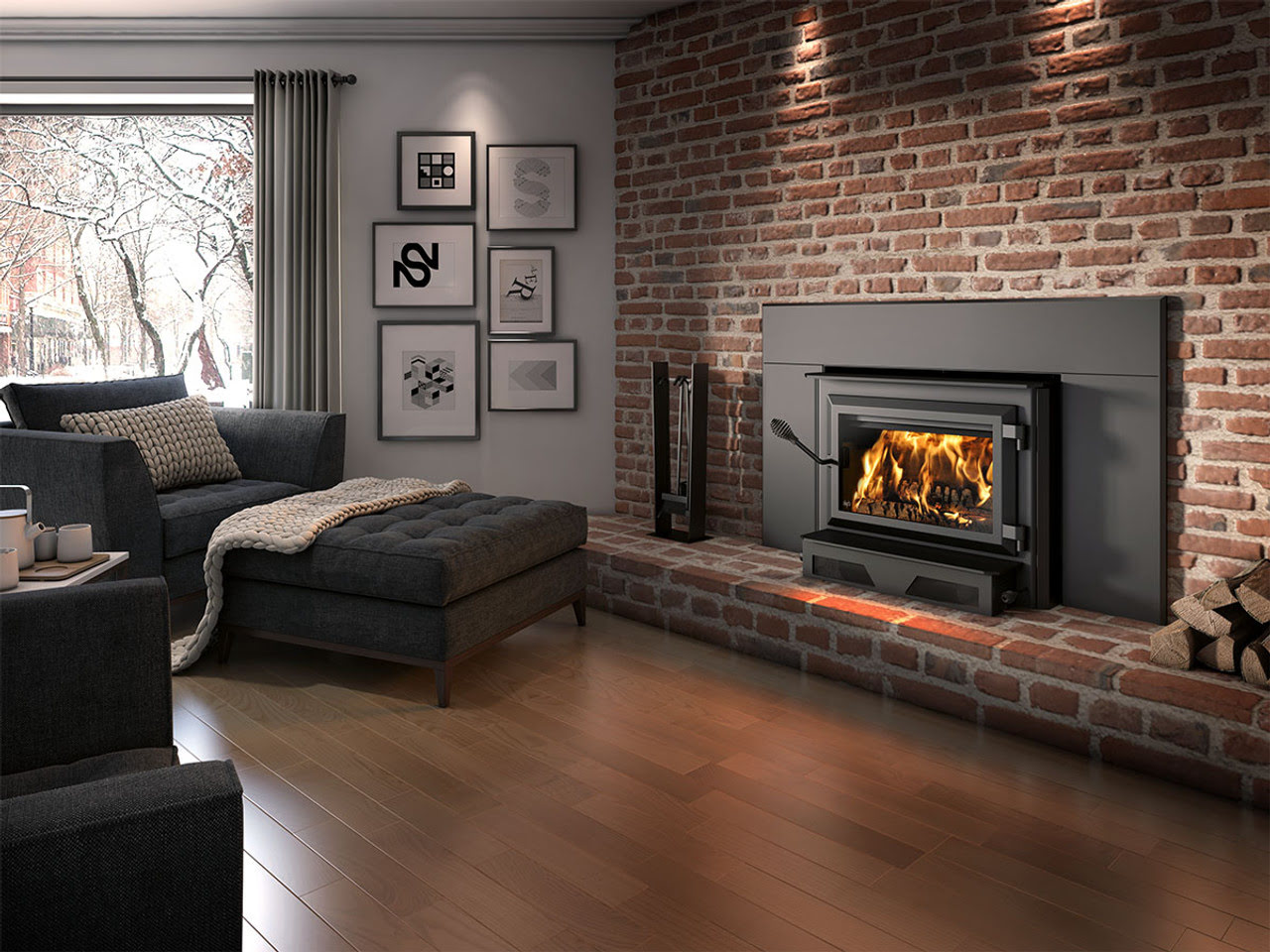
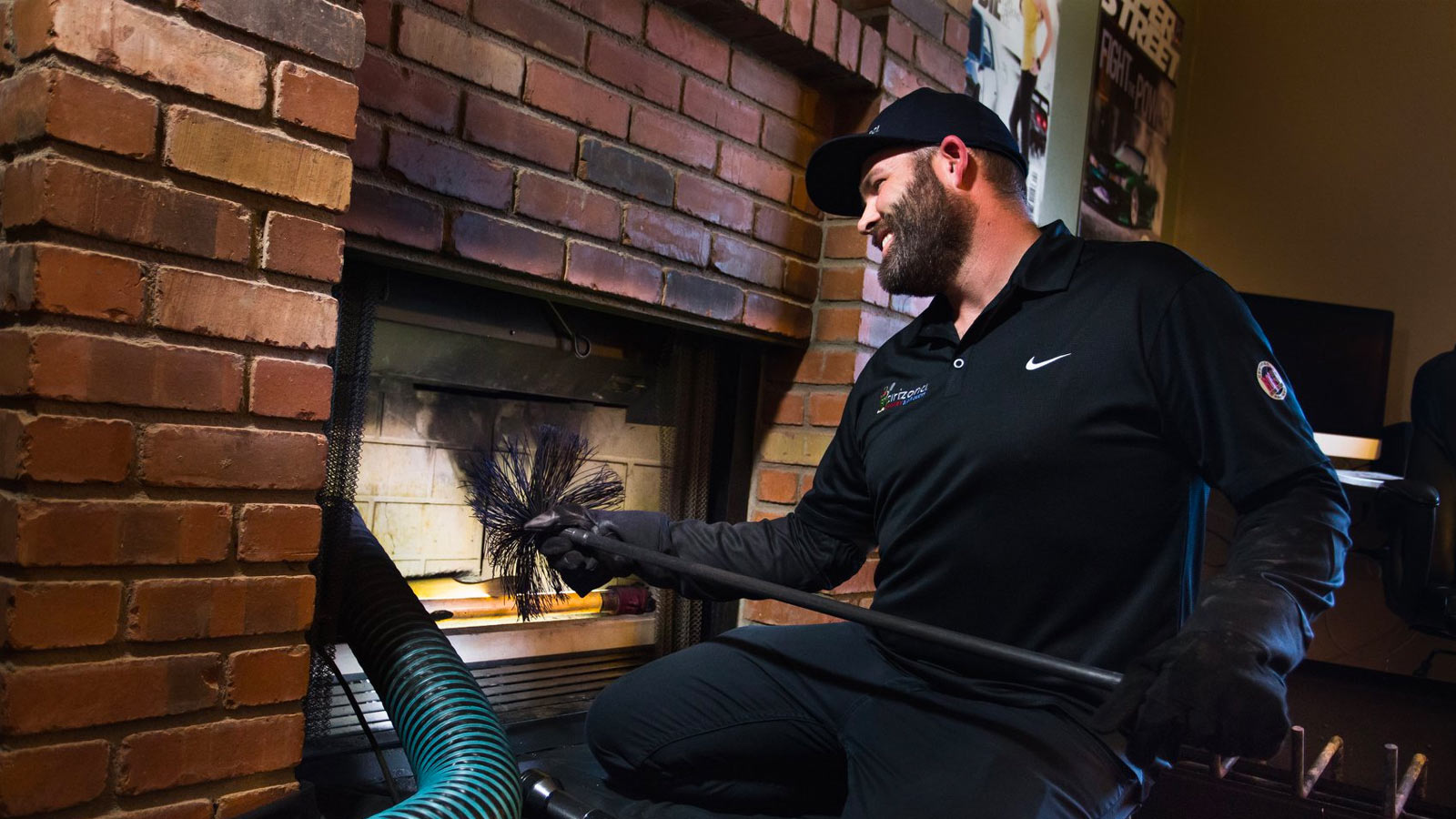
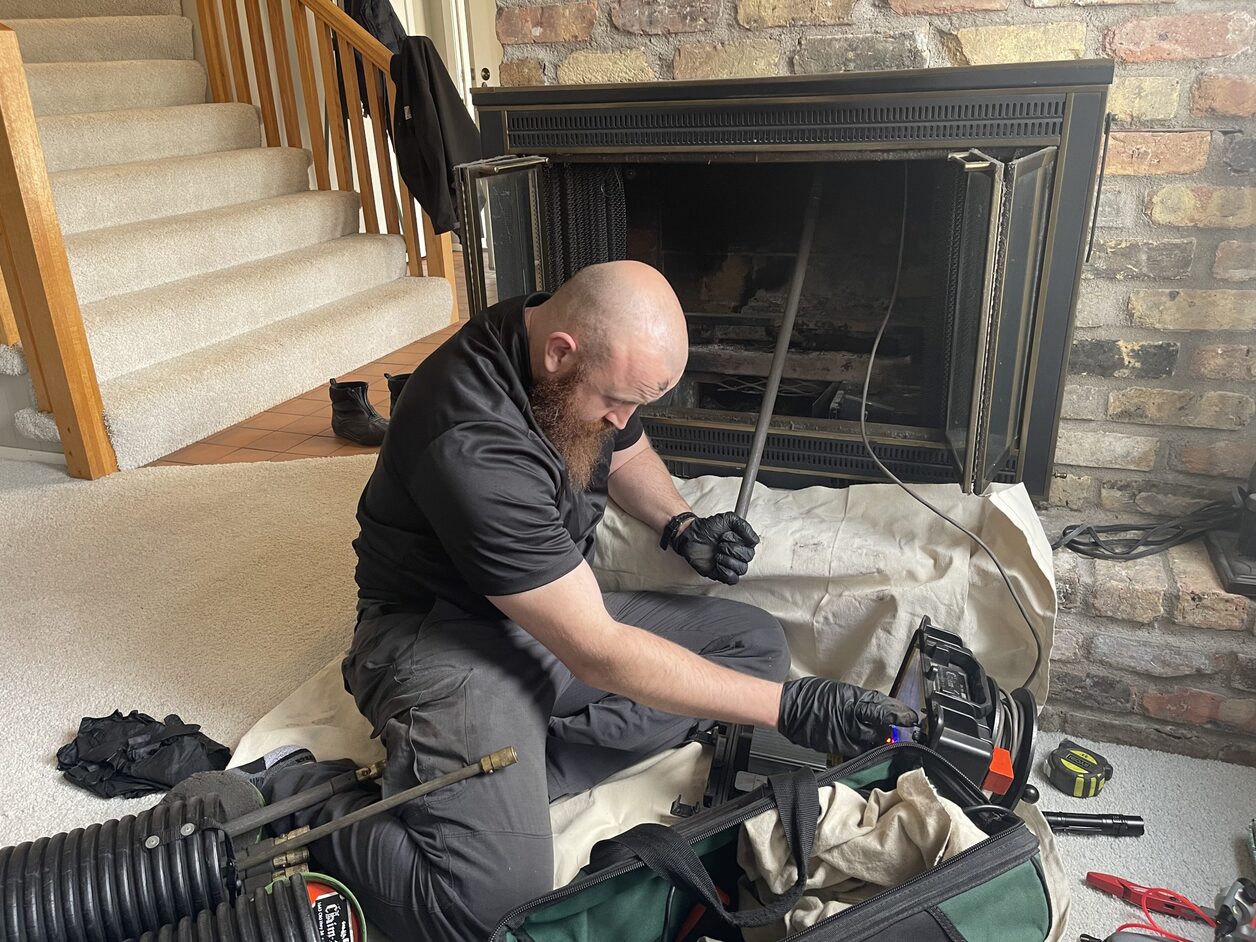
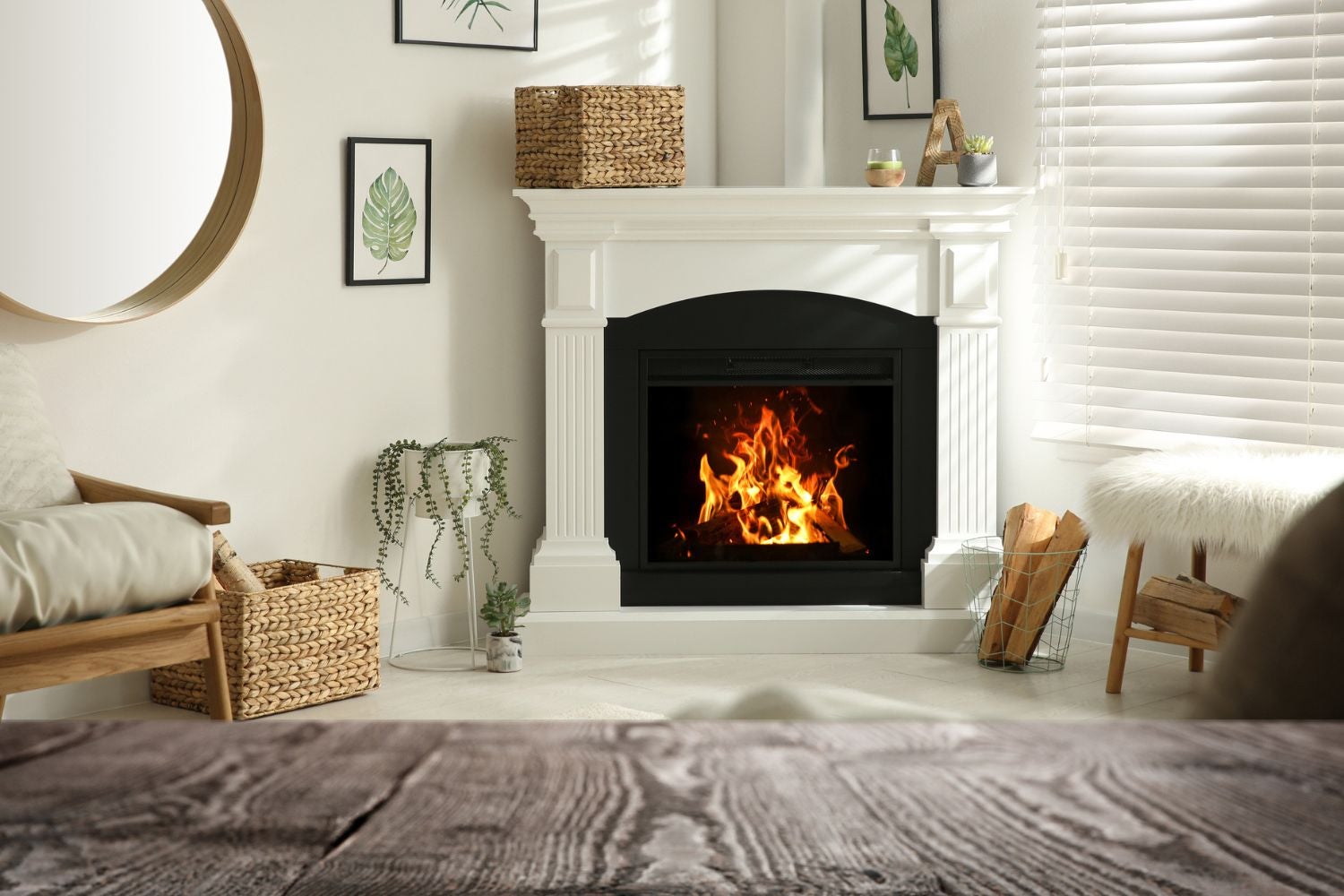
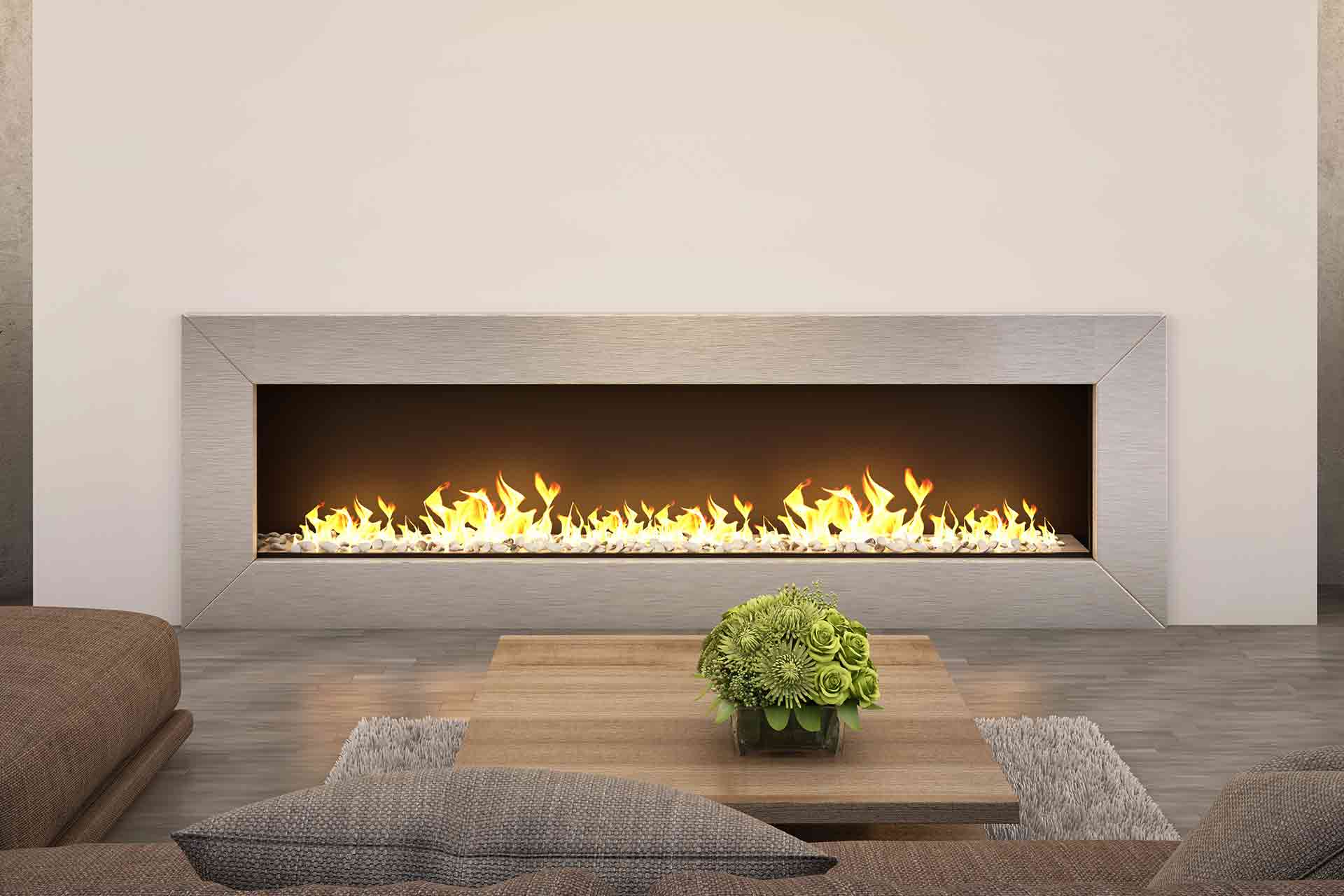

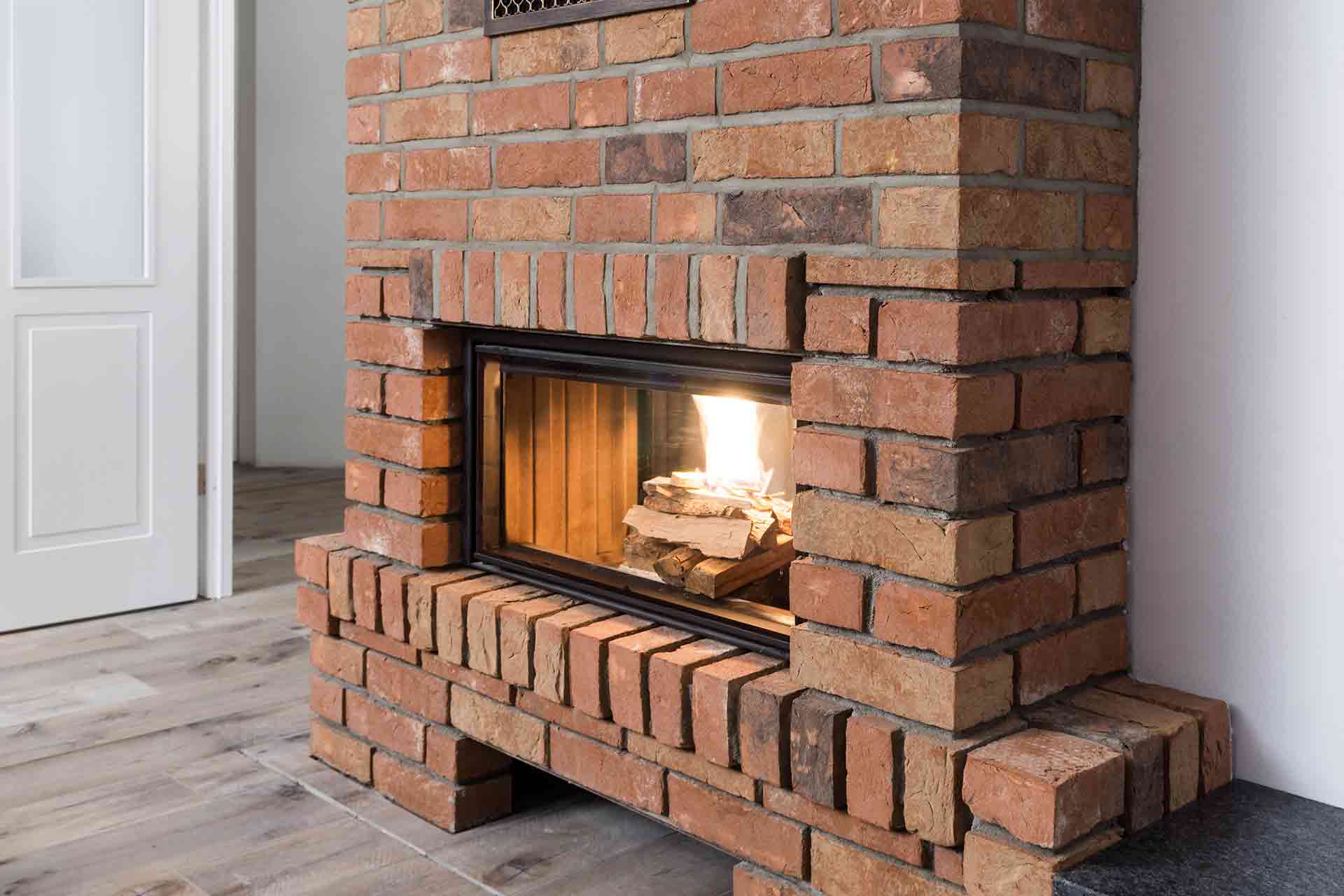
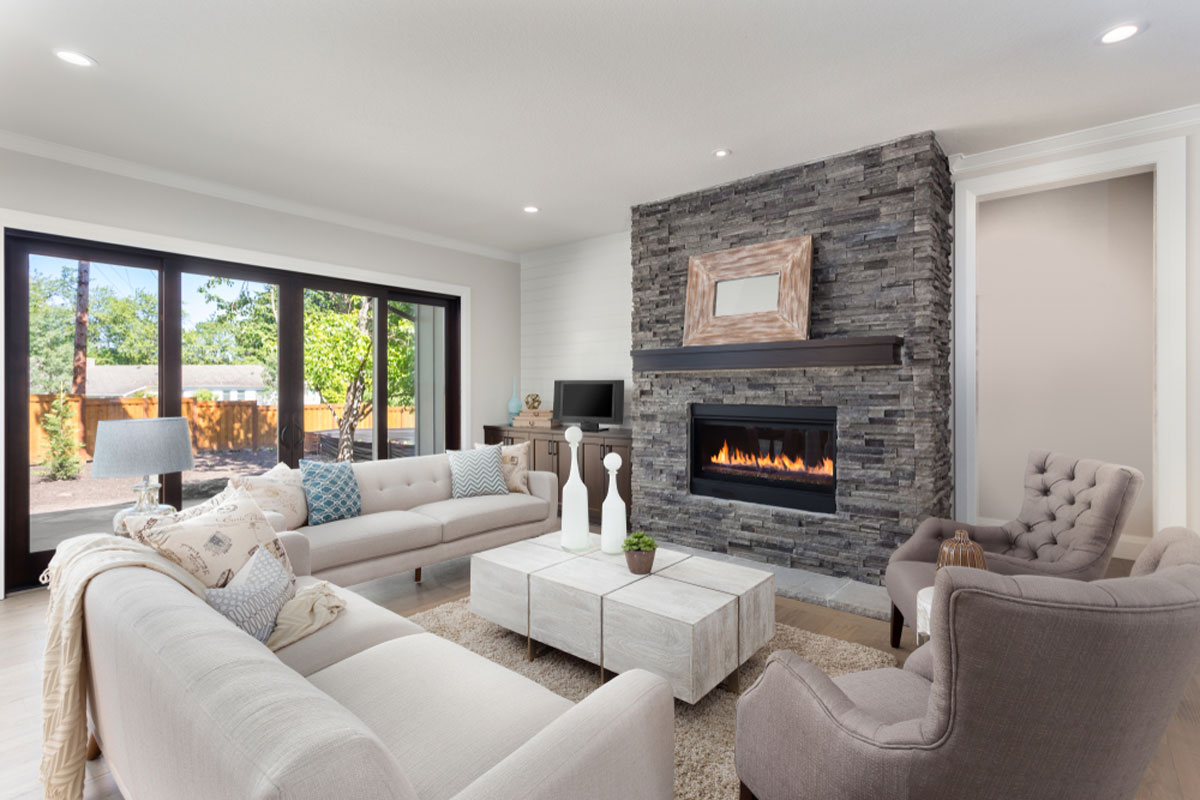
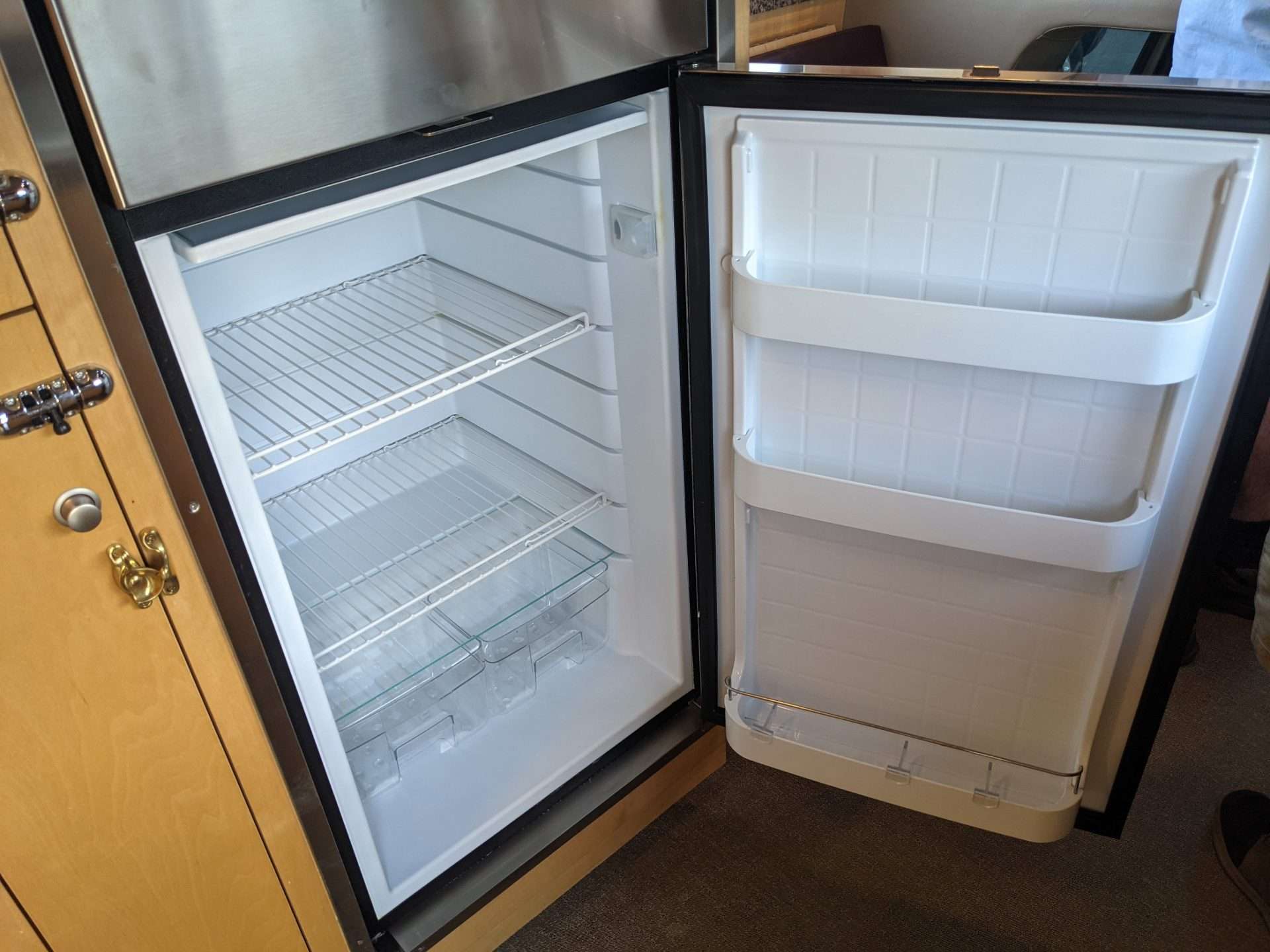
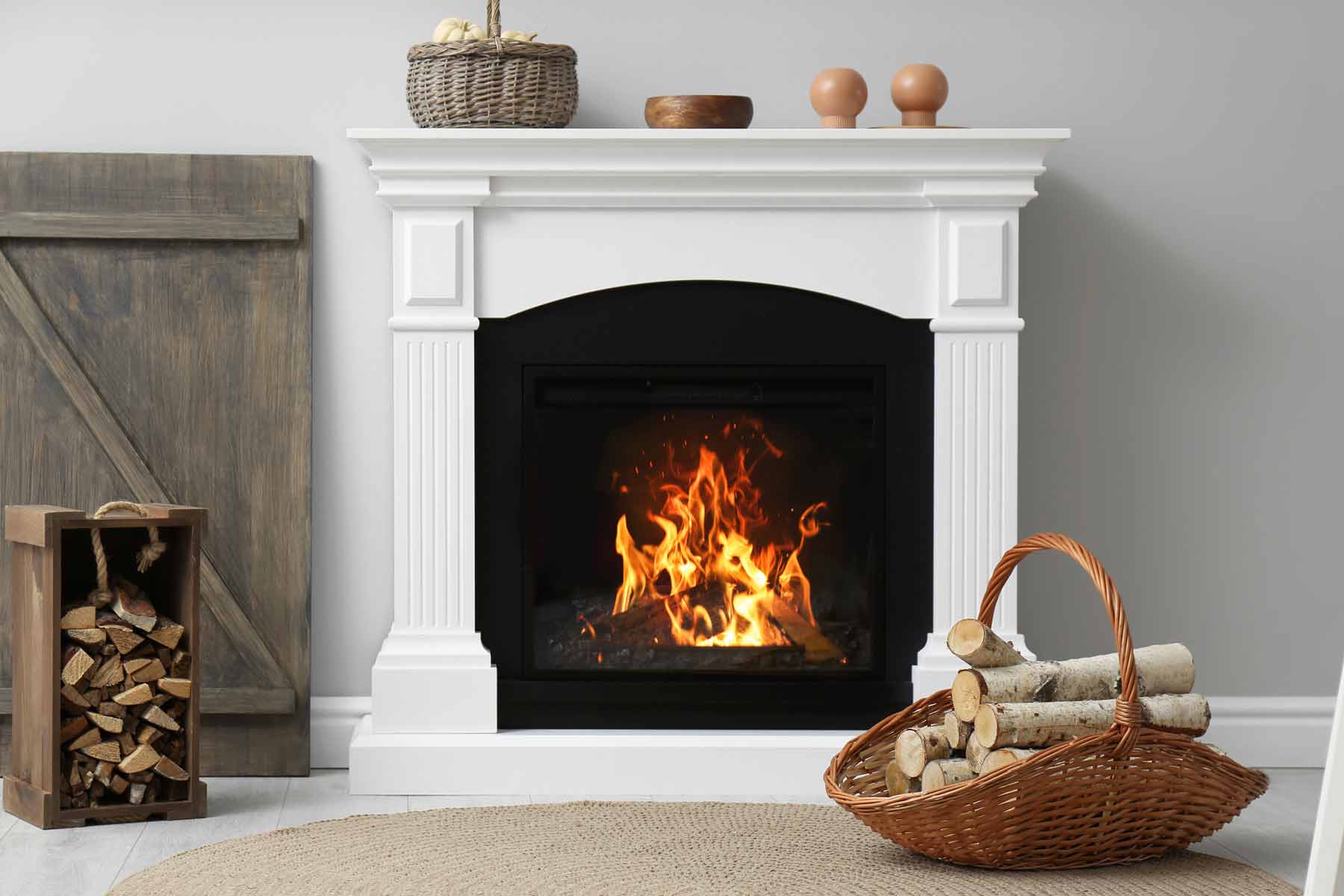
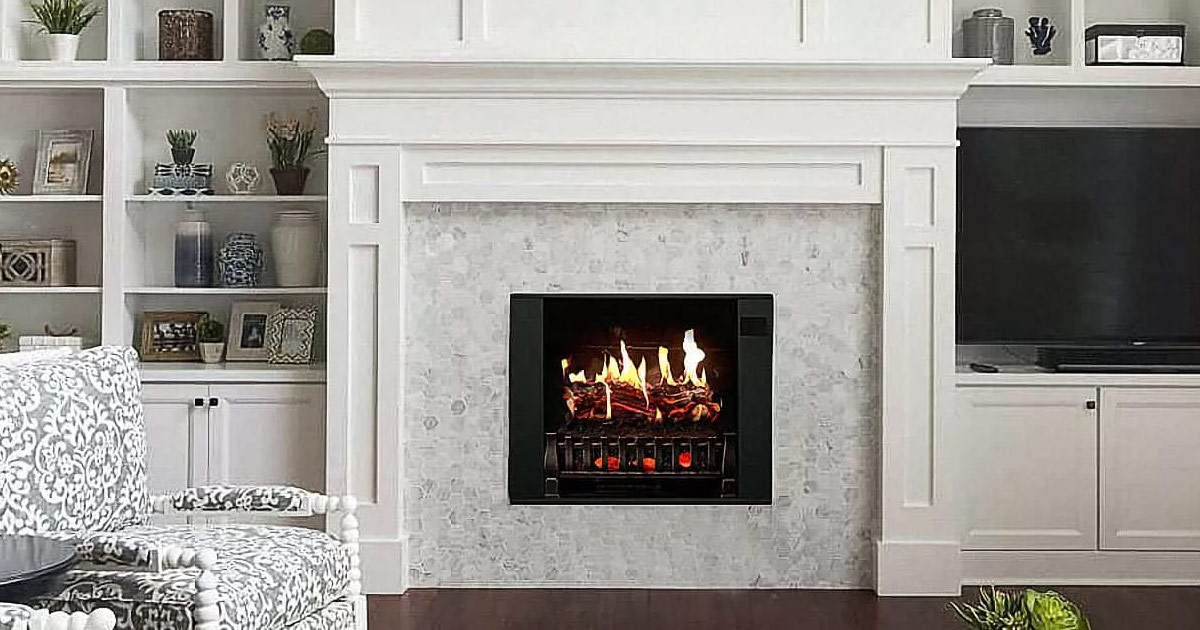

0 thoughts on “How Much Propane Does A Fireplace Use”